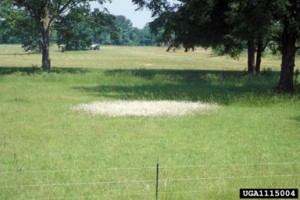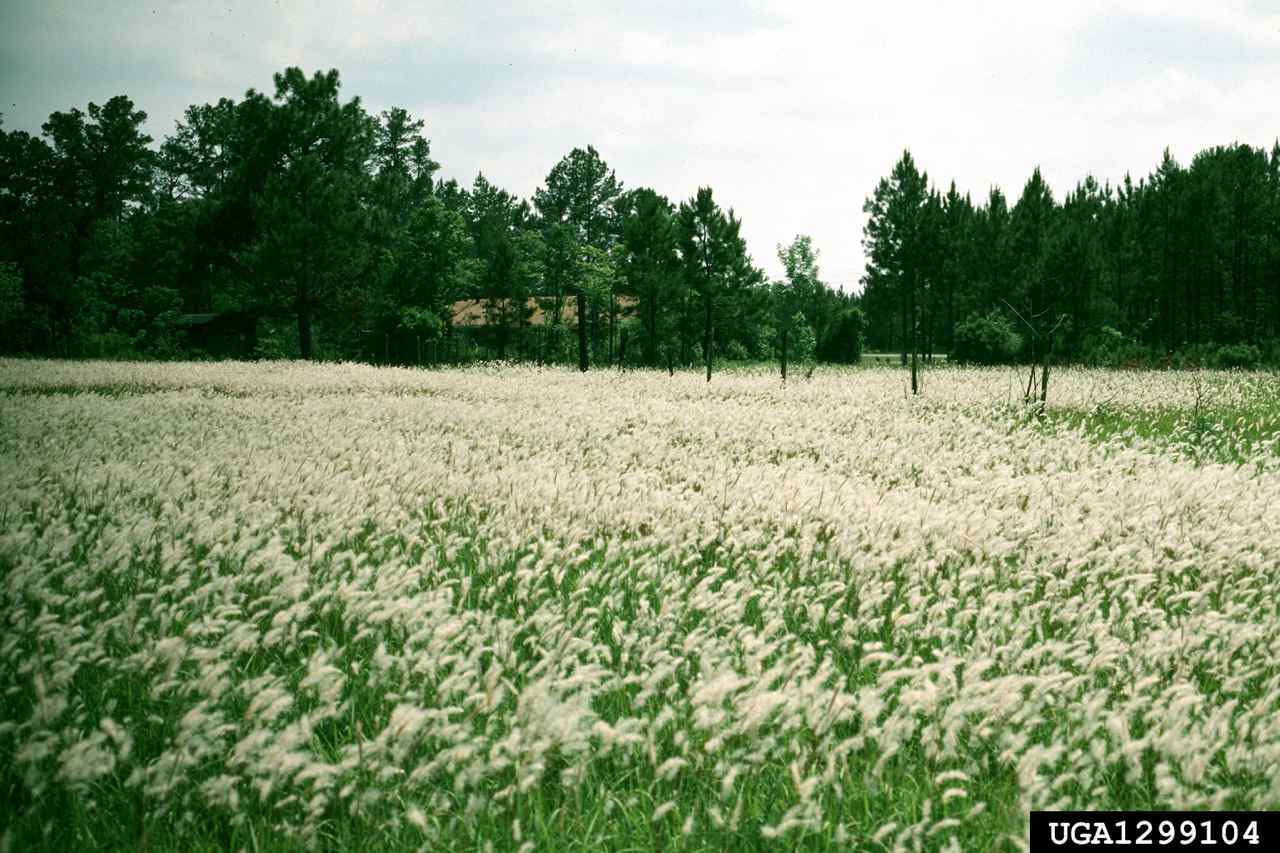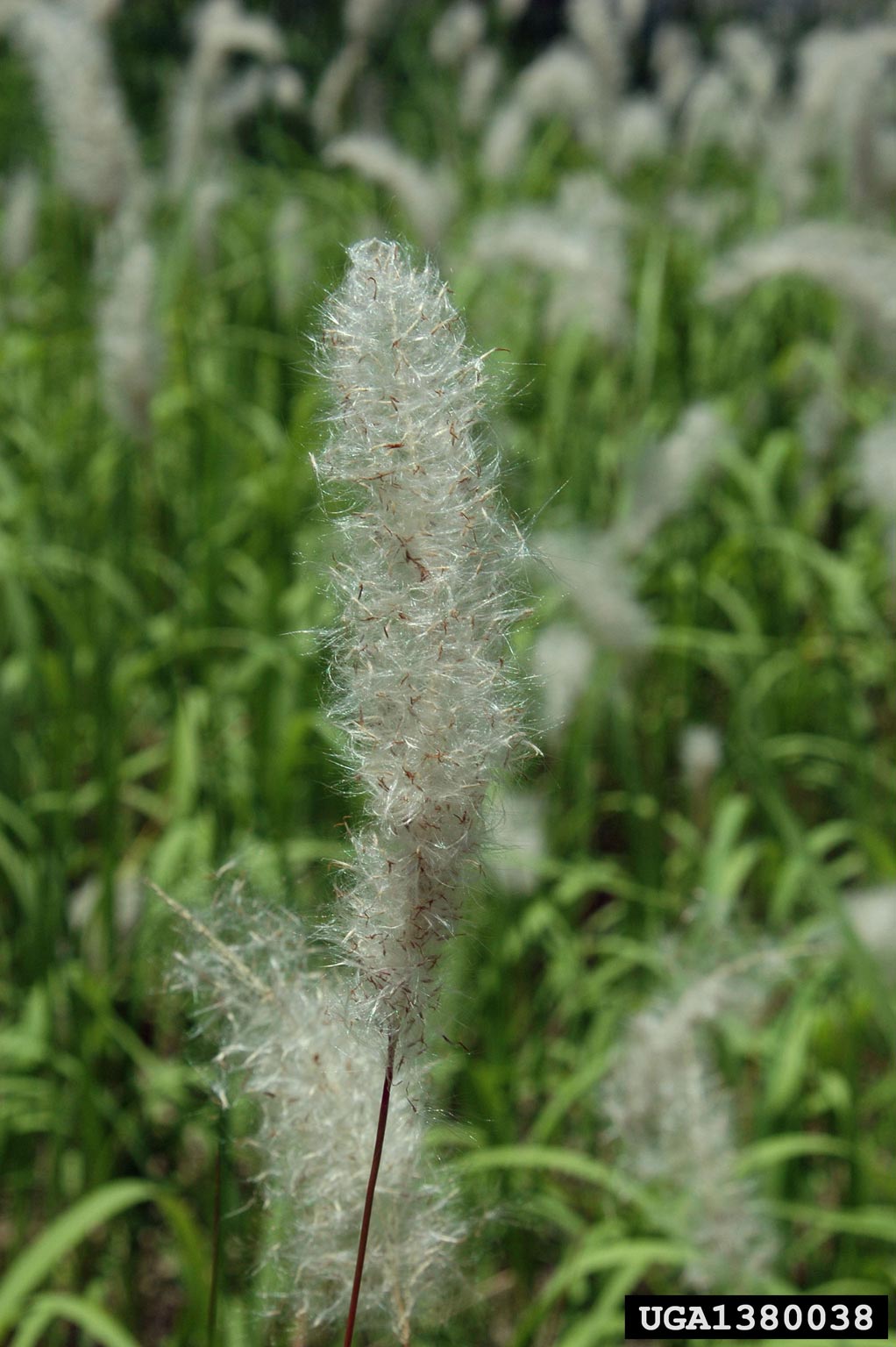Rob Trawick, Jackson County Horticulture Agent
Cogongrass (imperata cylindrical), initially, was accidently introduced near Grand Bay, AL in approximately 1911. Seed in packing materials from Japan made its way into the environment. Purposeful expansion followed thereafter in areas of Alabama, Florida, and Mississippi, with the primary intent of trying it as a forage. At the time, noone realized how invasive this species could be.
Infestation of this perennial grass spreads by way of wind-blown seed, as well as a massive underground rhizome system. Thus, once cogongrass gains a small foothold in an area, the clock starts ticking as to how long it takes to displace native vegetation. Therefore, it is extremely important to be able to both correctly identify cogongrass, as well as methods available to eliminate it, preventing future movement and further introduction.
Identification
There are some relatively distinctive features that cogongrass possesses, which help in making an accurate identification.
-

Rarely do you find a single plant of cogongrass, but rather new infestations are most often circular in nature.
Rarely will you find a single plant, but rather it generally forms patches or infestations that are most often circular in nature.
- Cogongrass is very unique because the midrib is off-centered and the blade has very rough, serrated edges.
- Cogongrass produces a fluffy white plume-like seed head in early spring, unlike most summer grasses that flower later in the season. Each seed has silky-white hairs that aid in wind-blown dissemination.
Control Measures
Out of dozens of herbicides tested for activity on cogongrass, only two, glyphosate (Round-up, Accord, Glypro, etc.) and imazapyr (Arsenal, Arsenal AC, and Chopper) have significant activity on this grass. Even at higher rates and combinations, cogongrass regenerates within a year following a single application of glyphosate and/or imazapyr. A minimum of two applications are needed, realizing that older infestations may require two to three years of treatment to eliminate rhizomes. Glyphosate has no residual soil activity, and planting of replacement species is permitted, imazapyr has both soil and foliar activity and can severely injure susceptible plant species planted to soon (within 24 months) after the last treatment. Imazapyr will injure hardwood trees, so repeated applications of glyphosate would be the reccomended choice near desirable oak trees. As with all pesticides, always read and follow label directions. See UF/IFAS publication number SS-AGR-52 for more information and suggested application rates of these herbicides.
- Maintaining Dissolved Oxygen Levels in Your Pond to Reduce Fish Kills - September 21, 2018
- The Bumble Bee – One of Florida’s Vital Pollinators - September 14, 2018
- 2017-2018 Bee Informed Partnership’s National Bee Colony Loss Report - July 13, 2018




